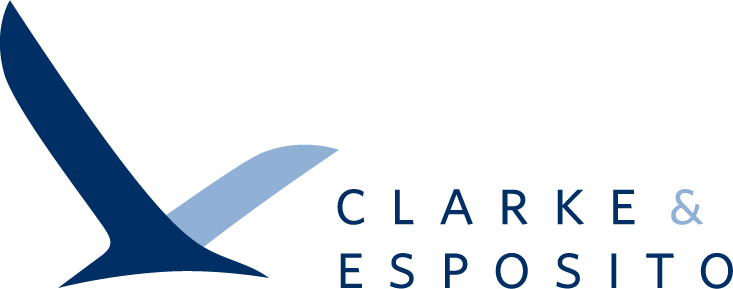Call for Participants:
2024 C&E Journal Metrics Benchmarking
Don’t miss this opportunity to see how your journals perform against their peers and gain evidence-based data to inform your journal strategy.
After the success of the 2021 and 2022 C&E Journal Metrics Benchmarking studies, we are excited to open calls for the 2024 study. We are recruiting publisher participants for the following journal disciplines:
- Biomedicine
- Life Sciences
- Physical Sciences
- Social Sciences
Note that we analyze disciplinary areas (and in some cases peer groups within disciplinary areas) separately. We are careful not to make comparisons across disciplines on metrics that may result from very different journal norms and practices.
Journal metrics benchmarking provides immense value for publishers of all sizes. Past studies have included publishers of single journals as well as publishers with large portfolios.
Going forward, we plan to conduct the study only every two or three years to align with the needs of participants. This is the last chance to participate before 2026.

Metrics without context are just numbers.
Benchmarking against peer journals is essential to understanding how your journals perform compared to competitor journals, and in relation to general trends in scientific, medical, and scholarly publishing. C&E Benchmarking brings context to your metrics by positioning your journals within your discipline and publishing sector. We focus on data that is not available publicly, providing behind-the-scenes insights about how your journals compare to peers.
Editorial boards and society leadership often have questions about how their journals compare to others. C&E Benchmarking provides relevant and up-to-date data to drive journal strategy and inform editorial policy.
Benchmarking Focus
C&E's 2024 Benchmarking study will answer these and many other questions, providing you with the data you need to make evidence-based decisions:
- Is your society overly generous (or not competitive) in the compensation offered to editors, given the amount of work you expect them to perform?
- Are publishing turnaround times for your journals competitive?
- What is the growth trend for manuscript submissions in your cohort of journals?
- Do your journals desk-reject papers at a comparable level to peer journals?
- What types of specialist editors are prevalent in your field?
- How does your retention of articles via transfer compare to other journals in your discipline?
- How are open access, transfers, and research integrity affecting editorial policies and practices at peer journals?
Benefits
By participating, you’ll understand how your journals stack up against their peer group for journal benchmarks including:
- Editor in Chief and other editor honoraria
- Editorial office resourcing
- Editor demographics
- Key journal publishing metrics such as submissions and published output, reject-before-external-review rate, transfer rate, and turnaround times
- Average cost and revenue per submission and per published article
- Availability of print
- Response to industry trends like open access, preprints, research integrity, and research data availability
Our Unique Approach
- Collaborative: Our approach allows us to collect more data across more journals, resulting in timely and data-backed benchmark comparisons.
- Peer comparisons: Although we collect data across multiple disciplines, we compare your journals to peer journals within your same discipline. We are careful not to make comparisons across disciplines (e.g., biomedicine and physical sciences) on metrics that may result from very different journal norms and practices.
- Affordable: The cost is spread across many participating publishers (based on number of journals), which means large and small publishers can participate cost-effectively.
- Baseline for improvement: We benchmark your journals to establish a baseline against which you can measure the effectiveness of your initiatives.
- Anonymized: No participants or journals in C&E Benchmarking are identified to other participants. All of the data we collect are carefully anonymized; ranges are used instead of specific data points where there is risk of “unmasking” the identity of the journal or its publisher.
